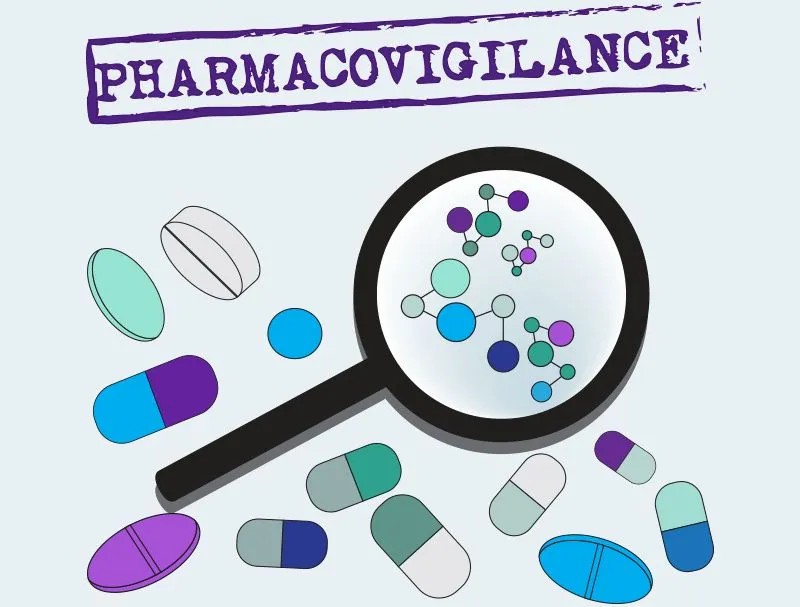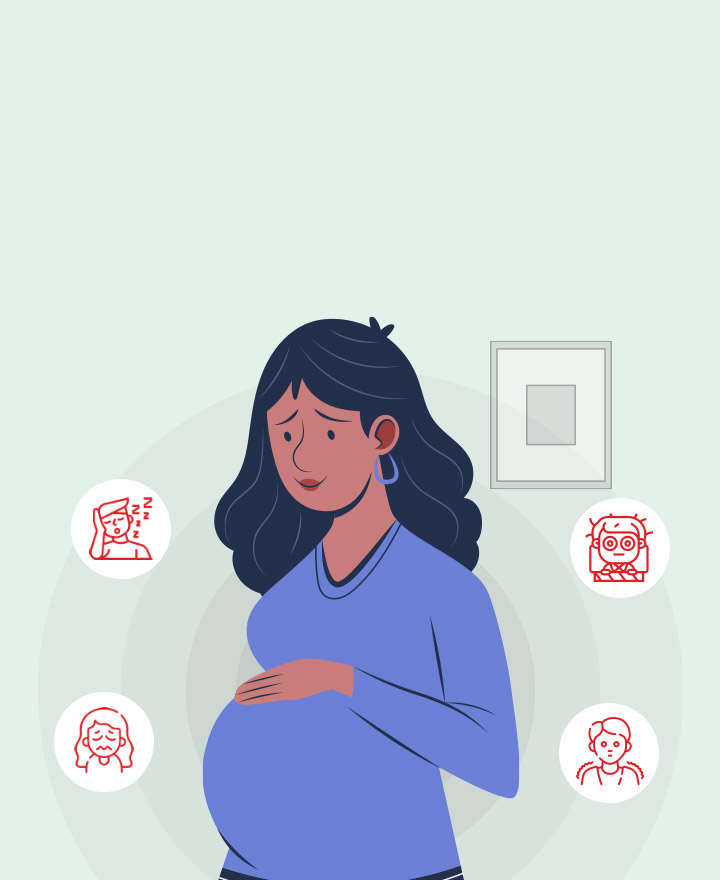Exploring pharmacovigilance awareness and attitudes among healthcare practitioners in Iraq: insights from a survey-based study

Downloads
Introduction: Healthcare professionals' (HCPs) play a vital role in recognizing potential medication risks, which can lead to early interventions and positive patient outcomes. This study aims to evaluate the knowledge and attitudes of healthcare professionals regarding pharmacovigilance in Iraq.
Methods: This is a cross-sectional conducted from June 13, 2023, to February 18, 2024, involving 415 healthcare providers (137 physician, 103 pharmacists, and 175 nurses) selected through convenience sampling from three public hospitals. Data collection was done through an adapted questionnaire, and the data were analyzed using descriptive statistical techniques, and Chi-square/Fisher's exact tests. P-value ≤ 0.05 was determined as significant.
Results: The results showed while most participants correctly identified the purpose of pharmacovigilance (71.3%) with significant difference between groups (p=0.02), only about half (52.5%) correctly defined pharmacovigilance (p=0.21). Almost all participants (94.5%) agreed that reporting adverse drug reactions is necessary. However, there was inconsistency between this belief and actual experience, as only 18.8% reported having encountered an adverse drug reaction. Top 3 factors discouraging healthcare professionals from reporting adverse drug reactions included lack of knowledge, fear of litigation, and prolonged or complex administrative procedures.
Conclusions: There were significant knowledge and attitude gaps among healthcare professionals in various aspects of pharmacovigilance. This highlights the importance of addressing these knowledge gaps and barriers to improve pharmacovigilance practices in Iraq. Targeted training programs, simplified reporting procedures, and a culture of safety regarding medications should be prioritized to enhance the reporting of adverse drug reactions.
Abdulsalim, S., et al. (2023) 'Evaluation of Knowledge, Attitudes, and Practices about Pharmacovigilance among Community Pharmacists in Qassim, Saudi Arabia', International Journal of Environmental Research and Public Health, 20(4), pp. 3548.
Al Dweik, R., et al. (2017) 'Factors affecting patient reporting of adverse drug reactions: a systematic review', British Journal of Clinical Pharmacology, 83(4), pp. 875-883.
Al Rabayah, A. A. and Al Rumman, R. H. (2019) 'Assessing knowledge, attitude, and practices of health-care providers toward pharmacovigilance and adverse drug reaction reporting at a comprehensive cancer center in Jordan', Perspectives in clinical research, 10(3), pp. 115-120.
Alomar, M., et al. (2020) 'Post marketing surveillance of suspected adverse drug reactions through spontaneous reporting: current status, challenges and the future', Therapeutic advances in drug safety, 11, pp. 2042098620938595.
Alshammari, T. M., et al. (2015) 'Knowledge and attitude of health-care professionals in hospitals towards pharmacovigilance in Saudi Arabia', International Journal of Clinical Pharmacy, 37(6), pp. 1104-1110.
Alshammari, T. M., et al. (2020) 'National pharmacovigilance programs in Arab countries: A quantitative assessment study', Pharmacoepidemiology and drug safety, 29(9), pp. 1001-1010.
Alshammari, T. M., et al. (2019) 'Pharmacovigilance systems in Arab countries: overview of 22 Arab countries', Drug safety, 42(7), pp. 849-868.
Bepari, A., et al. (2019) 'The comparative evaluation of knowledge, attitude, and practice of different health-care professionals about the pharmacovigilance system of India', Journal of Advanced Pharmaceutical Technology & Research, 10(2), pp. 68-74.
Borbély, É., et al. (2022) 'Novel drug developmental strategies for treatment‐resistant depression', British journal of pharmacology, 179(6), pp. 1146-1186.
Cole, A., et al. (2022) 'Safety surveillance and challenges in accelerated COVID-19 vaccine development', Therapeutic Advances in Drug Safety, 13, pp. 20420986221116452.
Desai, M. (2022) 'Pharmacovigilance and spontaneous adverse drug reaction reporting: Challenges and opportunities', Perspectives in Clinical Research, 13(4), pp. 177-179.
Garashi, H., et al. (2022a) 'Strengths and weaknesses of the pharmacovigilance systems in three Arab countries: a mixed-methods study using the WHO pharmacovigilance indicators', International Journal of Environmental Research and Public Health, 19(5), pp. 2518.
Garashi, H. Y., et al. (2022b) 'A Systematic Review of Pharmacovigilance Systems in Developing Countries Using the WHO Pharmacovigilance Indicators', Therapeutic Innovation & Regulatory Science, 56(5), pp. 717-743.
Geeven, I. P. A. C., et al. (2022) 'Barriers and facilitators for systematically registering adverse drug reactions in electronic health records: a qualitative study with Dutch healthcare professionals', Expert Opinion on Drug Safety, 21(5), pp. 699-706.
Güner, M. D. and Ekmekci, P. E. (2019) 'Healthcare professionals’ pharmacovigilance knowledge and adverse drug reaction reporting behavior and factors determining the reporting rates', Journal of Drug Assessment, 8(1), pp. 13-20.
Hamid, A. A. A., et al. (2022) 'Pharmacovigilance and Its Importance for Primary Health Care Professionals', Korean J Fam Med, 43(5), pp. 290-295.
Hussain, R., et al. (2021) 'Exploring healthcare professionals’ knowledge, attitude, and practices towards pharmacovigilance: a cross-sectional survey', Journal of Pharmaceutical Policy and Practice, 14(1), pp. 5.
Jose, J., et al. (2021) 'Pharmacovigilance: Basic concepts and an overview of the system in Oman', Sultan Qaboos Univ Med J, 21(2), pp. e161-e163.
Khan, Z., et al. (2023) 'Evaluation of health care professionals’ knowledge, attitudes, practices and barriers to pharmacovigilance and adverse drug reaction reporting: A cross-sectional multicentral study', Plos one, 18(5), pp. e0285811.
Kiguba, R., et al. (2023) 'Pharmacovigilance in low- and middle-income countries: A review with particular focus on Africa', British Journal of Clinical Pharmacology, 89(2), pp. 491-509.
Kugener, V. F., et al. (2021) 'Enhancing Pharmacovigilance from the US Experience: Current Practices and Future Opportunities', Drug Saf, 44(8), pp. 843-852.
Mirbaha, F., et al. (2015) 'Perceived barriers to reporting adverse drug events in hospitals: a qualitative study using theoretical domains framework approach', Implementation Science, 10(1), pp. 110.
Nadew, S. S., et al. (2020) 'Adverse drug reaction reporting practice and associated factors among medical doctors in government hospitals in Addis Ababa, Ethiopia', PLoS One, 15(1), pp. e0227712.
Salih, M. R. M., et al. (2016) 'Assessment of community pharmacists concerning pharmacovigilance in Iraq', Archives of Pharmacy Practice, 7(4), pp. 136-141.
Shanableh, S., et al. (2023) 'A national survey of knowledge, attitude, practice, and barriers towards pharmacovigilance and adverse drug reaction reporting among hospital pharmacy practitioners in the United Arab Emirates', Journal of Pharmaceutical Policy and Practice, 16(1), pp. 92.
Tantray, J., et al. (2023) 'Pharmacovigilance: A meta-analysis on ADRS of past and recent tragedy occurred in Gambia', Journal of Pharmacovigilance, 11(1), pp. 409.
WHO (2021) Global patient safety action plan 2021-2030: towards eliminating avoidable harm in health care. World Health Organization.
Yawson, A. A., et al. (2022) 'Awareness, knowledge, and attitude toward adverse drug reaction (ADR) reporting among healthcare professionals in Ghana', Therapeutic Advances in Drug Safety, 13, pp. 20420986221116468.
Copyright (c) 2025 Jurnal Ners

This work is licensed under a Creative Commons Attribution 4.0 International License.
Authors who publish with Jurnal Ners agree to the following terms:
- Authors transfer the Copyright and grant Jurnal Ners the right of first publication with the work simultaneously licensed under a Creative Commons Attribution 4.0 International License that allows others to remix, adapt and build upon the work with an acknowledgment of the work's authorship and of the initial publication in Jurnal Ners.
- Authors are permitted to copy and redistribute the journal's published version of the work (e.g., post it to an institutional repository or publish it in a book), with an acknowledgment of its initial publication in Jurnal Ners.
Jurnal Ners requires a formal written declaration and transfer of copyright from the author(s) for each article published. We, therefore, ask you to complete and return this form, retaining a copy for your own records. Your cooperation is essential and appreciated. Any delay will result in a delay in publication. The form can be downloaded HERE.































